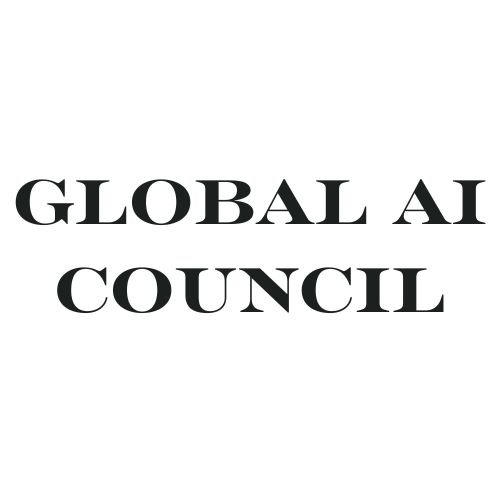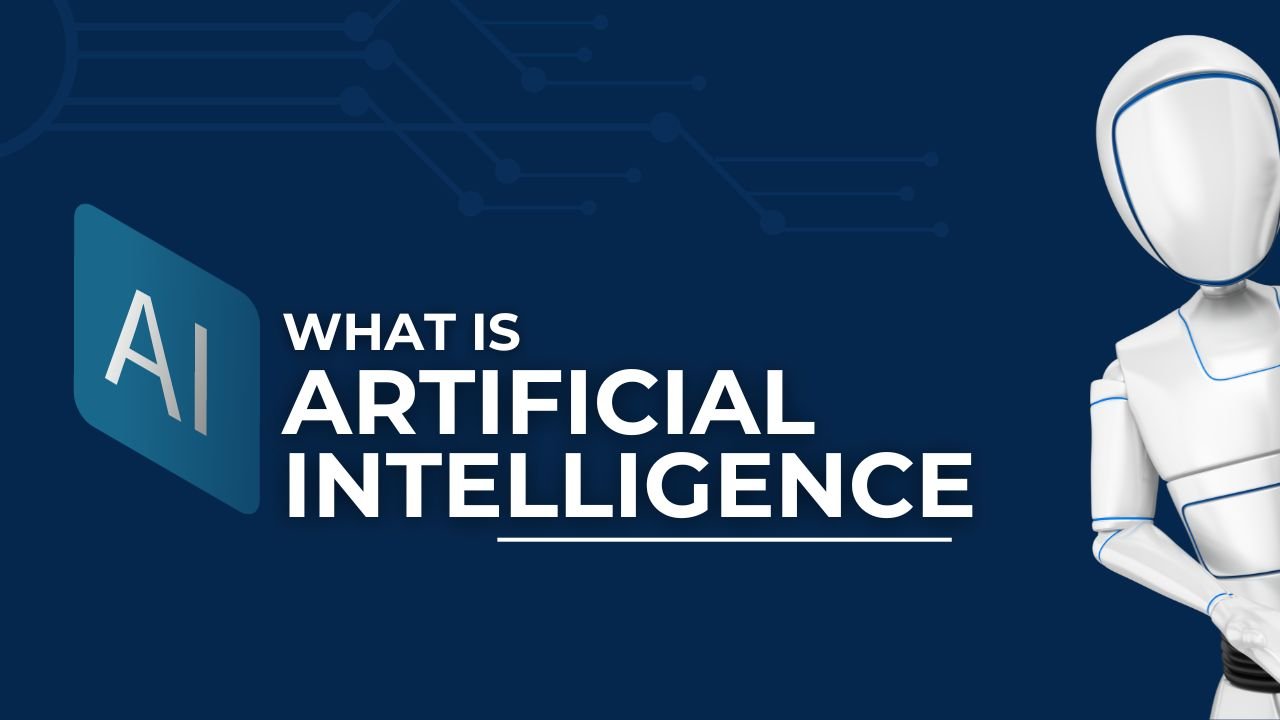From GPT to ChatGPT: The Evolutionary Journey of Conversational AI
In the ever-evolving landscape of artificial intelligence, the history of ChatGPT stands as a testament to the relentless pursuit of creating more human-like and engaging conversational agents. Let's embark on a journey through time, tracing the evolutionary path that led to the development of ChatGPT.
**1. The Genesis: GPT-2 and Language Understanding: The story begins with GPT-2, a language model developed by OpenAI in 2019. GPT-2 showcased unprecedented capabilities in natural language processing, with its 1.5 billion parameters enabling it to generate coherent and contextually relevant text. The success of GPT-2 laid the groundwork for the next frontier: conversational AI.
**2. Unlocking Dialogue with ChatGPT: Building on the foundation of GPT-2, OpenAI introduced ChatGPT in 2020. This marked a significant leap forward, as ChatGPT was specifically fine-tuned for generating conversational responses. The model underwent extensive training to understand and generate text in a more interactive and dialogue-based format, setting the stage for more engaging AI conversations.
**3. The Unveiling of ChatGPT-3: The evolution reached its pinnacle with the introduction of ChatGPT-3 in mid-2020. With a staggering 175 billion parameters, ChatGPT-3 emerged as the largest and most powerful language model to date. This massive scale brought about a qualitative shift, enabling ChatGPT-3 to exhibit an unprecedented level of language understanding and generation.
**4. Diverse Applications: Beyond its size, what sets ChatGPT-3 apart is its versatility. Developers and innovators around the world quickly recognized its potential across a spectrum of applications. From content creation and coding assistance to natural language interfaces for software, ChatGPT-3 showcased its adaptability, becoming a Swiss army knife for diverse tasks.
**5. OpenAI's Pursuit of Ethical AI: As ChatGPT gained popularity, OpenAI remained steadfast in its commitment to ethical AI practices. The organization actively sought user feedback to uncover and address instances of biased or harmful outputs. This iterative approach aimed at refining and enhancing the model's behavior, ensuring responsible deployment in real-world scenarios.
**6. Innovation Continues: ChatGPT-4 and Beyond: The journey doesn't end with ChatGPT-3. OpenAI, driven by a relentless pursuit of innovation, continues to push the boundaries of conversational AI. The development of ChatGPT-4 is on the horizon, promising further advancements in natural language understanding, creativity, and the ability to engage in nuanced and context-aware conversations.
Conclusion: The history of ChatGPT encapsulates a remarkable evolution in the field of conversational AI. From the early days of GPT-2 to the groundbreaking capabilities of ChatGPT-3, the journey signifies not only technological advancement but also a commitment to responsible and ethical AI development.
As we look to the future, the story of ChatGPT unfolds as a narrative of collaboration, innovation, and the constant pursuit of refining AI models for the betterment of human-machine interactions. The journey continues, with each iteration bringing us closer to a future where AI seamlessly integrates into our lives, fostering understanding, creativity, and meaningful conversations.

